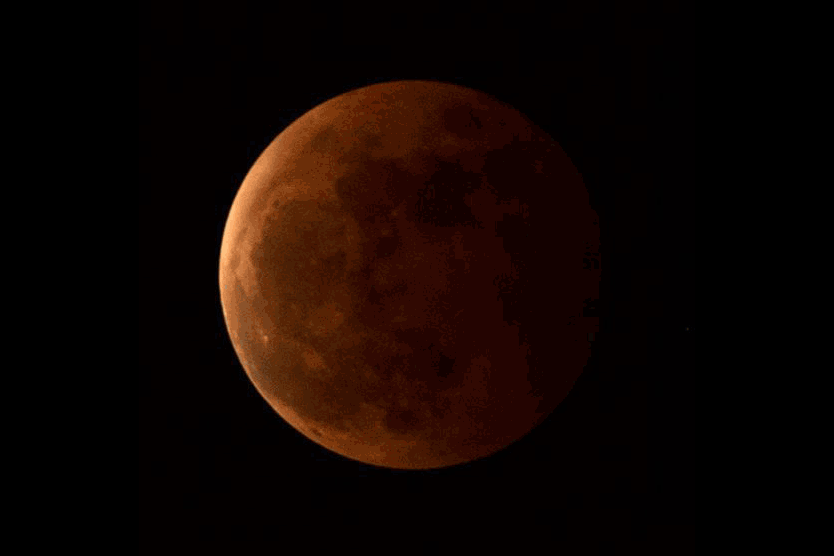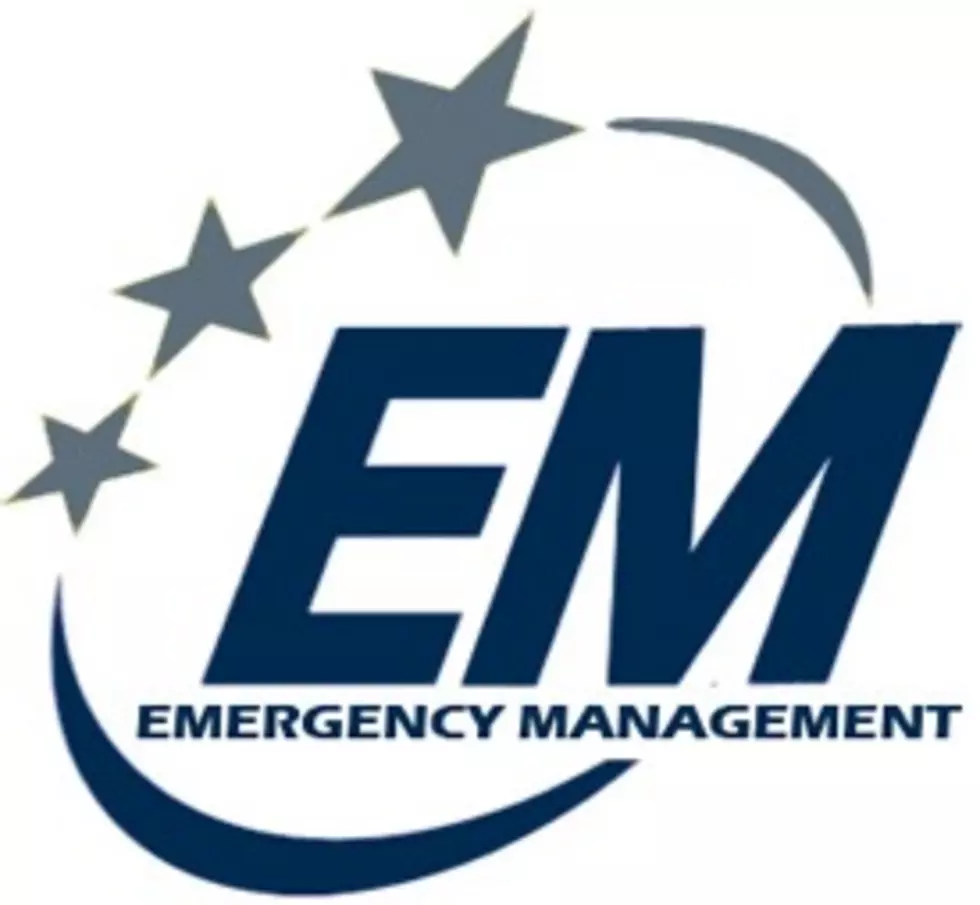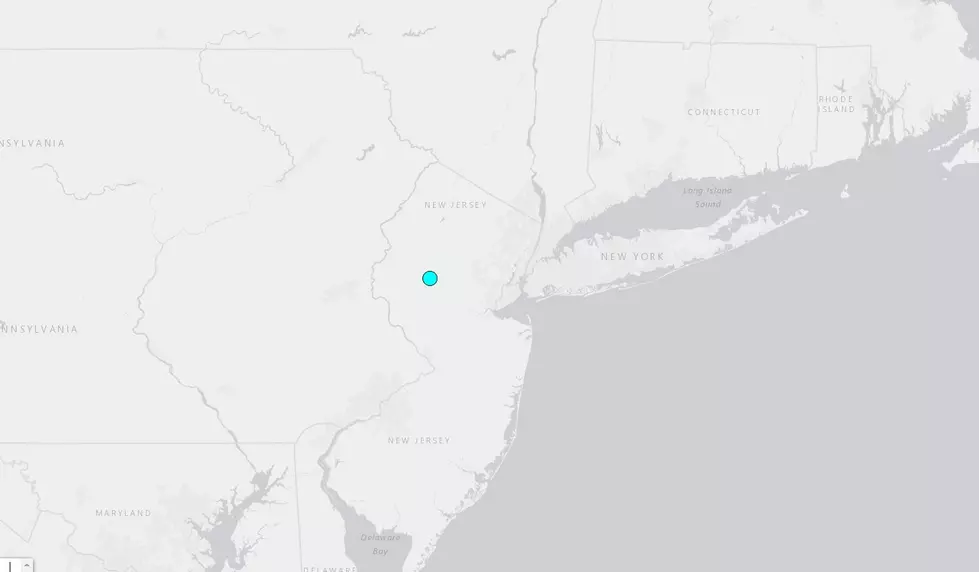
There’s A Lunar Eclipse This Sunday. You Going To Watch It? Here’s How
Every once in a while, I like to gaze at the stars.
See if I can spot the Big Dipper or other constellations in the sky. It is kind of cool to see the moon, and all of its shapes. Every once in a while you get an opportunity to check out a total lunar eclipse. And you will get that chance this Sunday.

Now what is a Lunar Eclipse? A lunar eclipse is when the Earth comes between the sun and the moon. This means the full rays of the sun get blocked by the Earth causing the shadow of the Earth to darken the moon. A total lunar eclipse means the whole of the moon gets cast in darkness.

According to NASA, the moon will start entering the Earth’s partial shadow shortly after 9:30 p.m. ET on Sunday night. You’ll be able to see a slight darkening of the Moon at around 10:28 p.m. ET. The Earth’s full shadow will cover the Moon an hour later. You can get more info HERE.
The forecast calls for isolated showers this Sunday. A 30% chance, so hopefully the skies will cooperate and the sky will be clear enough for us to take a look at this. You will have to be up a little later on Sunday night and into Monday morning. Temperature wise, you should be in good shape. If you have binoculars they will help, but a telescope would be better. You should be able to get a decent view of it. Good luck.
LOOK: The most expensive weather and climate disasters in recent decades
More From AM 1050 KSIS










